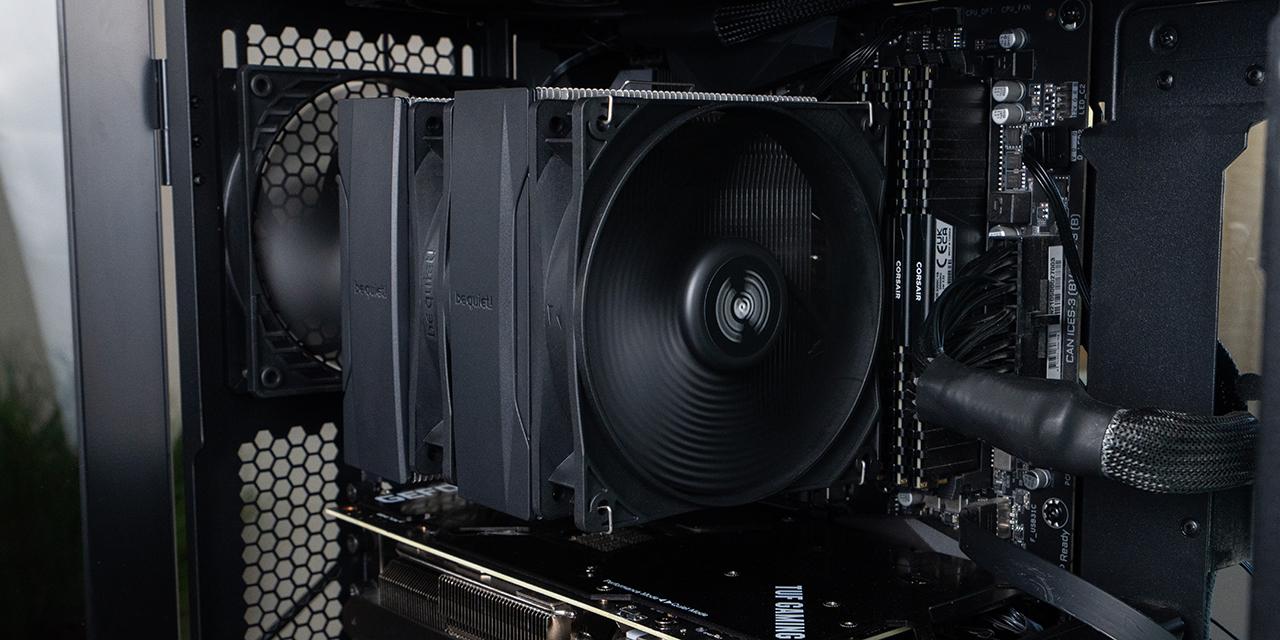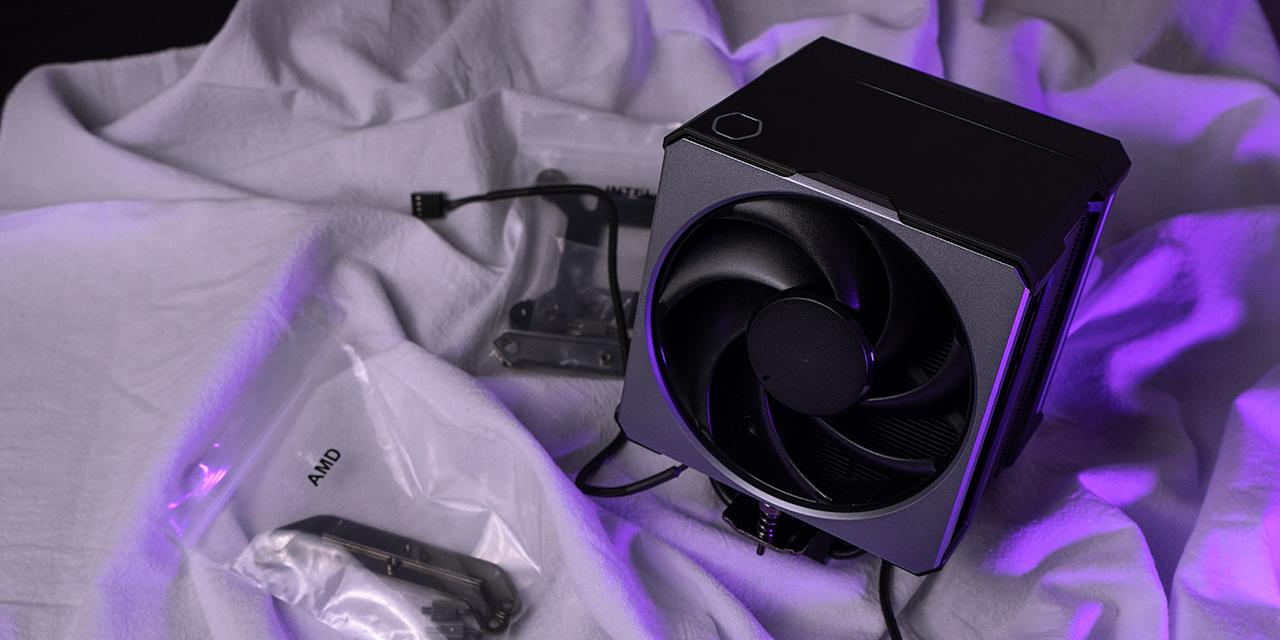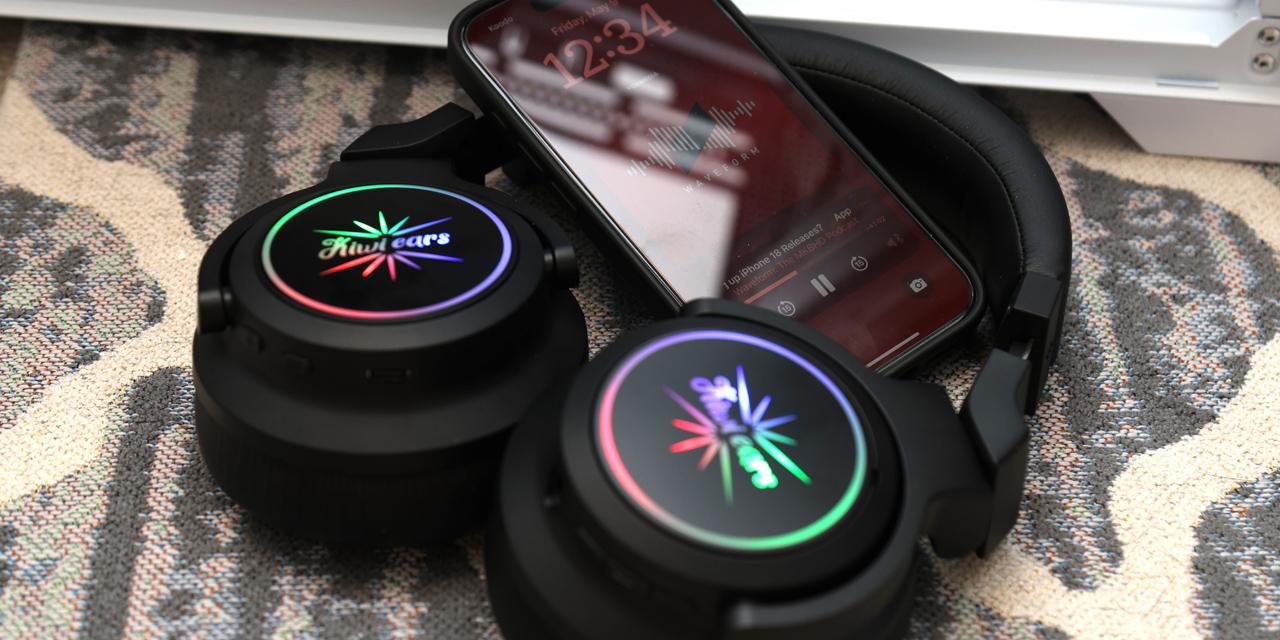Page 2 - Physical Look - Hardware

When I see the SteelSeries Siberia V3 Prism, I cannot say a lot of creative juices were required to come up with the design. Rather, it pulls the looks from both the Icemat Siberia, as well as the Siberia V2. However, since it is coming up on nine years since we reviewed a Siberia headset, I will go into all of these points. The entire headset is black in color, from the wire to the headband. There are four places that either are a different color, or can change to a different color, but I will cover those areas in detail later. Otherwise, the SteelSeries Siberia V3 Prism sticks to the same roots, and for the most part, it delivers. The headset is mostly a matte finish, except for a few glossy parts on the side. The headset is all plastic, with some softer rubber at the top, and a leather-like band. The earmuffs themselves are also leather in material. As for myself, I have to commend SteelSeries for the design because of its minimal flashiness. Sure, the gloss adds some pizzazz, but this headset does not really do anything wild. Due to the lack of any gamer-esque styling, the headset does not stick out on a person's head, which I like.
At the very bottom of the headset is the first non-black colored area, which is the gold-plated USB 2.0 end on the Siberia V3 Prism. This single plug connects both powers the headset and transfers the audio to and from the computer. The plug is labeled with the Universal Serial Bus logo on one side, and the SteelSeries logo on the other. It is grippy and rubbery, which makes plugging and unplugging the headset easy. The connector itself is also reinforced with more rubber for some extra durability near the plug. The cable is affixed to the headset and made up of rubber. It is nice and thick, which prevents tangling. It is a tad stiff however, and I would prefer if the wire had a bit more give. As with the Kingston HyperX Cloud, SteelSeries has opted for a relatively shorter cable for their Siberia V3 Prism. This cable measures 1.5m in length. Unfortunately, SteelSeries has not provided any way to extend this cable. I wish the V3 Prism had a longer connection, whether by extending the fixed cable or by adding an additional extension, as I know there will be users who find the cable too short. It would also be nice if they had some sort of in-line volume adjustment for quick adjustment of sound. Considering older Siberia headsets had this, the omission seems curious.

Moving up the rubber wire, the next area of color is found in the earmuff padding. As you can see, the circular ear pads are lined with SteelSeries orange on the inner area. These muffs are leather-like in feel. SteelSeries' logo is also found in the middle of both muffs. What you see is what you get with the Siberia V3 Prism so there are no other material choices for ear padding either. I quite like the leatherette found on the Siberia V3 Prism, but it can get hot at times. Giving users choice to change up the pads, whether it is another set of leather or a set of cloth like pads, would be nice to see. The overall wearing experience is a good one with the cups fitting over my ears. Underneath these earcups are the actual drivers with a frequency response of 10Hz to 28000Hz. Rated impedance of the V3 Prism is 35 ohms.

As we move up to the headband, we find our third area of color, which is SteelSeries' logo printed on the top in silver. This headband again goes back to the Icemat days, and is unlike anything we have seen with other manufacturer's. Most of the time the headband is the top of the headset wrapped with a cloth material, and the user adjusts the headset by changing the earcup position. However, with the Siberia V3 Prism, the headset adjusts automatically to the user. It is suspended over two metal wires running across the top. When the user puts the headset on their head, it adjusts with the head of the user, so anyone should get a reasonable fit. One problem I did find with the headband and the earcups was the lack of closure. Since it is a self-adjusting headband, no matter how well it fits, it will always try to return to a state of equilibrium. This means there will always be some tension on the metal wire to return the band to a "resting" state. In everyday terms, the tension causes the earcups to lift off near the bottom of the ear. I often found myself trying to reposition the headset to fully seal my ear.
As a whole though, it is a comfortable headset to wear. Even with a head as big as mine, the SteelSeries Siberia V3 Prism rests on my ears without any extreme pressure. The headset is also an over-ear design, so it does not push on your ear, but rather around the ear. With glasses on, there are no issues in adjusting my glasses while wearing the Siberia V3 Prism. Due to its minimal design and lack of material, the Siberia V3 Prism is light and sometimes feels like you are not wearing them. On the scales it tips in at around 260g, which is not surprising. As it has less material than the Kingston HyperX Cloud, it only makes sense it weighs ninety grams less too.

Coming back down, we can see the attached microphone fully extended. This is a non-removable omnidirectional microphone. This means the microphone will pick up sounds other than just your voice, such as your frantic keyboard combinations, or your blender going off in the background. There are differing opinions as to which is better, an omnidirectional or a unidirectional microphone, but both have their merits. The nice thing about this is it picks up sound quite well without having to place the microphone close to your mouth. While I have mentioned this is not detachable, you can move the microphone out of your way by retracting it into the headset. This allows the user to fully hide the microphone, but also have it ready whenever it is needed. As for the positioning of the mic, it is quite flexible, but it takes some time to get it to stay in its place. While the microphone can bend into shape, it does not always remain in place. I think this is a side-effect of its retracting capabilities, since it means the microphone has to be more bendy to fit in the hole. Otherwise, the microphone also has a mute switch, located on the back of the left earcup. Mute is indicated by a non-illuminated orange indicator.

The real party piece, and final colored area, is found on the outside of the earcups. This plastic circular grille on the outside houses a large LED ring, which can glow any one of 16.8M colors. This is why the Siberia V3 has the word "Prism" in its name. All of this is customizable in SteelSeries' Engine 3 software, which is the same utility used for their other peripherals like keyboards or mice. As for illumination options, you can either pick a color of your choosing, or allow the headset to cycle through preset color transitions. Unfortunately, you cannot create color transitions on your own, so it is not fully customizable. As this is probably more of a software change than hardware, it would be nice to see this in the next Engine update. Other illumination tricks I would add to its wishlist include a breathing mode, or even a visual equalizer which synchronizes the lights with the audio output. You can also turn off the lights if they are distracting. Otherwise, the SteelSeries Engine 3 also has some other features to note. First is the audio equalizer for different situations like gaming, music, or voice. They also allow you to customize the EQ settings too. Second is the microphone control, which allows you to change volume or optimize the input by filtering out certain frequencies. Users can save these settings into a profile for easy switching of settings.
Our physical inspection has shown the SteelSeries Siberia V3 Prism is a well designed and made product. Despite its plastic construction, it is built well, and sits on your head without any discomfort. Its lightweight and low pressure will also mean you can keep the V3 Prism on your head for a long while. The software is simple and easy to use, while still offering quite a bit of customization. Now it is time to see if SteelSeries has produced another headset winner by putting it to the challenge with our audio analysis.
Page Index
1. Introduction, Packaging, Specifications
2. Physical Look - Hardware
3. Subjective Audio Analysis
4. Conclusion





